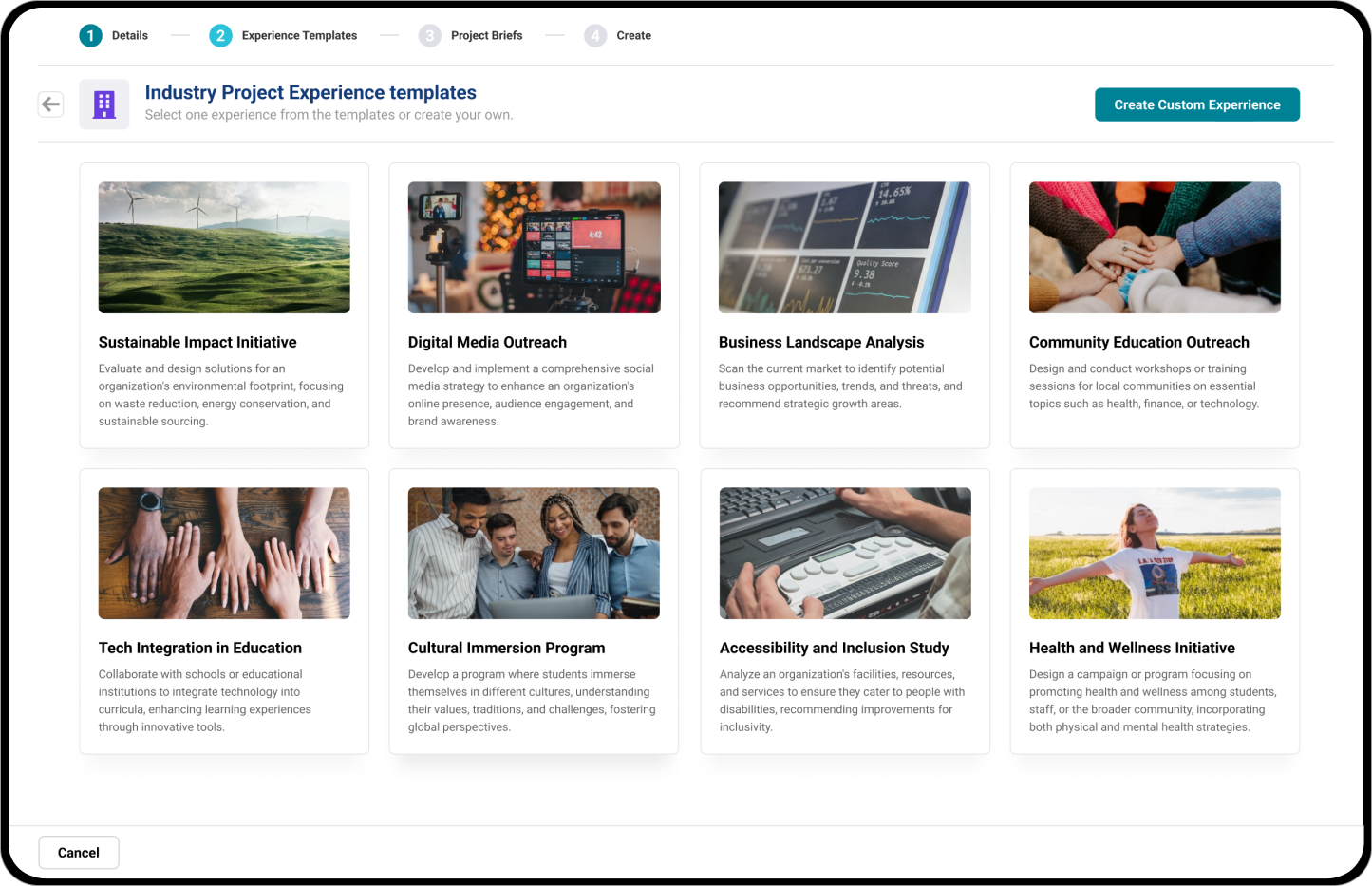
Streamlining the experiential learning creation process
A better experience in the onboarding of new customers and the impact on the business
| Year | 2022 |
| Role | Lead Product Designer |
| Sector | Education |
About the company
The #1 experiential learning platform. Connecting learners, educators and experts in one place to execute real-world experiences to increase skills, networking and empowering learners.
Problem
Creating a new experience on the platform is a complex process. New customers experience frustration because they struggle with the settings, options and understanding of the basic logic of the product.
Our team spends plenty of time training them and checking that everything is in order to avoid bad first experiences.
These factors impact the acquisition of new customers, the efficiency of the team and our options to rapidly scale the business.

Personas
Different roles in organisations approach us to try our product. We frame their specific needs to understand how we can find a solution for everyone.
Educator
Their main goal is to help students succeed by running small cohorts. Real-work experience is a superb opportunity to put the skills of the learners into practice.

Institution director
Experiential learning is a great solution to improve their employability rate in small to medium institutions – something learners should take into consideration when choosing educational institutions.

Program coordinator
Commonly from large colleges and universities, they manage multiple programs across the different faculties of the institutions. Their main concerns are employability rates and learners’ engagement.
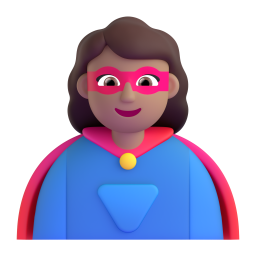
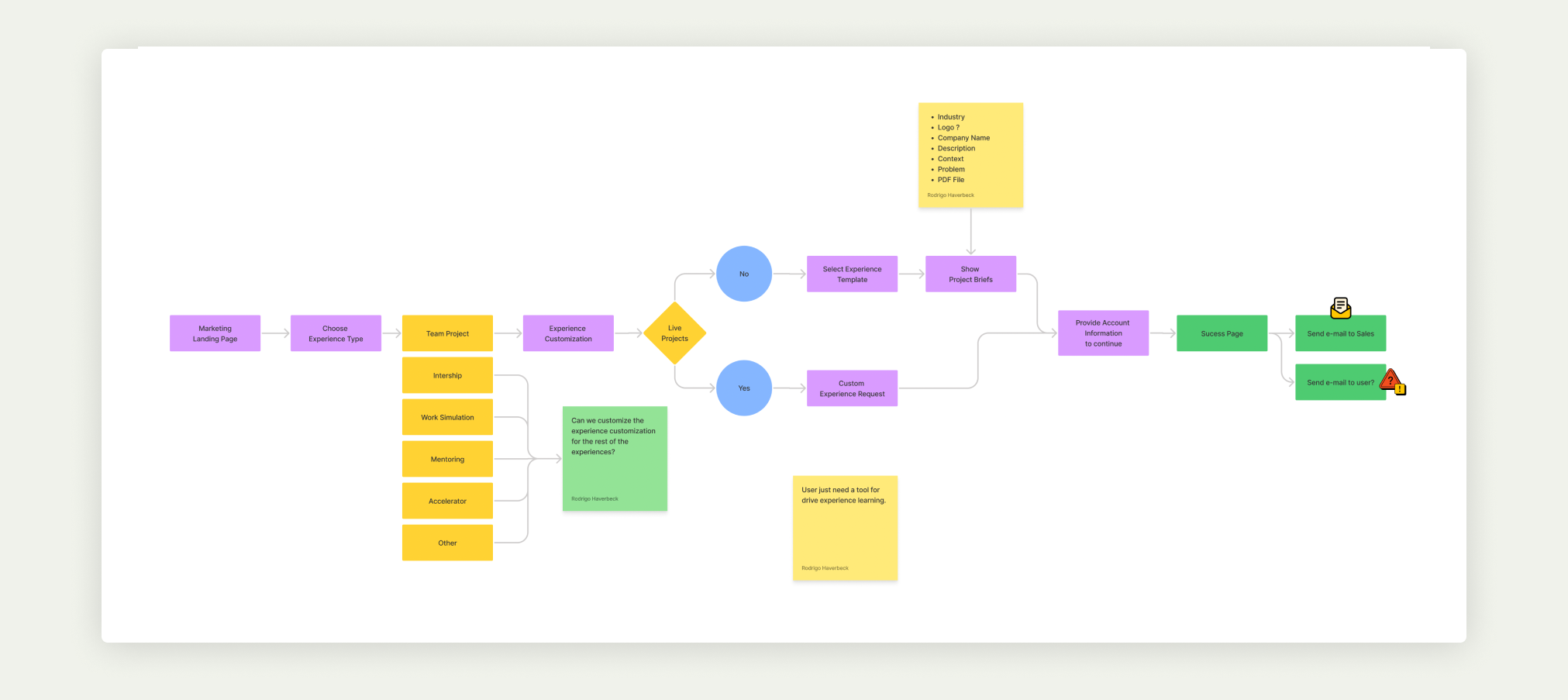
Research
Different roles in organisations approach us to try our product. We frame their specific needs to understand how we can find a solution for everyone.
Prospects
We interviewed educators and coordinators from different types of institutions – high schools, colleges and universities – to understand their needs and interest in generating real-world experiences for their students.
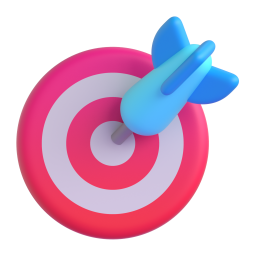
Competitive analysis
We analysed the qualitative and quantitative data of our customers’ acquisition flow. This helped us to determine the current status and set the goals of the project according to the businesses’ needs.
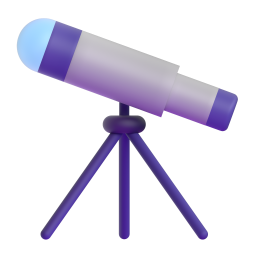
Data analysis
Experiential learning is a great solution to improve their employability rate in small to medium institutions – something learners should take into consideration when choosing educational institutions.
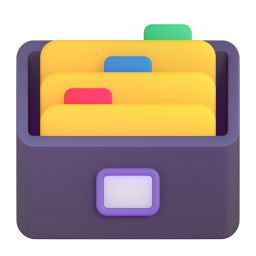
Internal stakeholders
We conducted workshops with our projects and customer success teams to help us understand their point of view, the challenges in the process of acquiring new business and the complexities of managing their requirements.
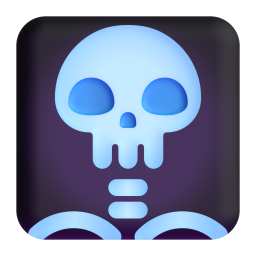
Engineering team-up
Early in the process, we incorporated the tech lead to obtain their input about potential problems and possible technical solutions.
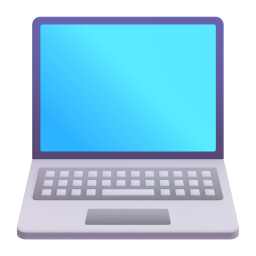

Findings
Value for customers
From our interviews, we got a beneficial perspective of where users saw the value and concerns of using our platform. The first was the ability to access real-work projects without the inconvenience of having to look for them and our learned design templates. But their bigger concern was integration with their current learning management system.
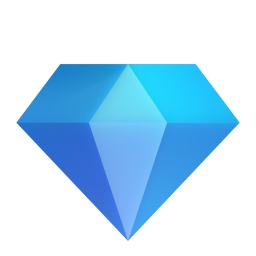
Disconnected teams and data
Our design and project teams had disconnected data. All the content and assessments were stored as Word documents or replicated from previous experiences. The project team had 1,000+ project briefs on Google Drive without automation in place, and they weren’t connected to the learning design templates. This was a huge opportunity to increase our value proposition and internal efficiency.

Incomplete flow
After mapping and reviewing the flow for a new customer on our platform, we found incomplete or manually demanding steps that needed improvement. It simply took too long for a new customer to get value from our offerings on the platform.

Business success
We discovered an interesting space to improve our customer acquisition and help in the transition to a SaaS platform.
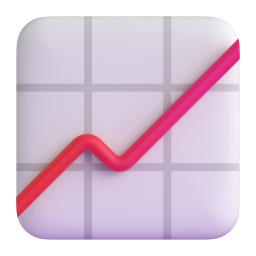
After the research, we decided with the product team to execute a pilot project with ambitious KPIs to move forward.
Solution: MVP create your own experience
Our goal was to build a better and simpler way to create experiences on the platform. The project’s scope included enabling a user to understand, try and set an experience in less than five minutes. In addition, we had to deliver this solution in fewer than two sprints.
Wireframes
We started with quick wireframes that followed our flows and storyboards. First, we worked on a comprehensive end-to-end solution, covering each step in depth to design a simpler and streamlined experience.
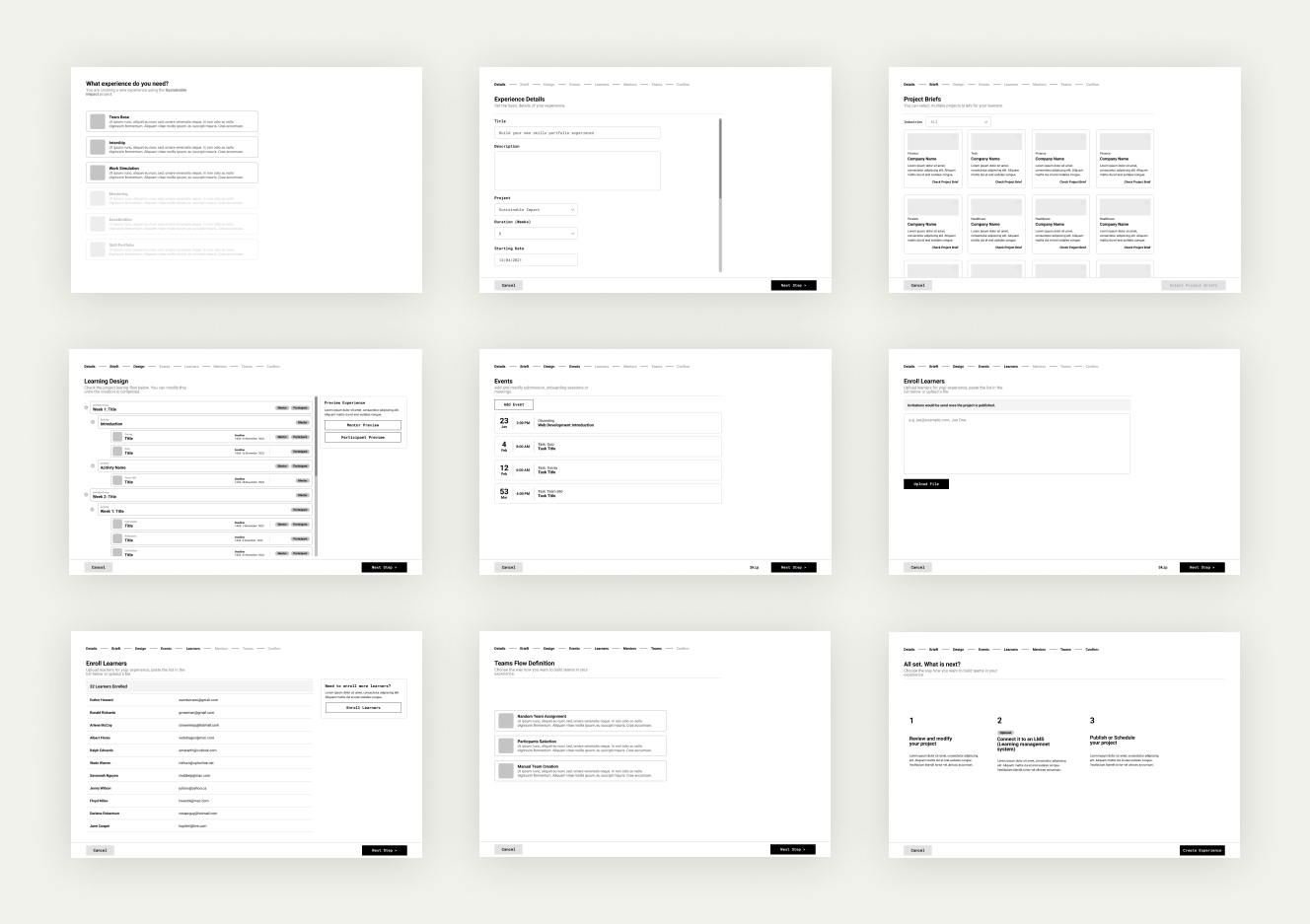
Data-driven decisions
We tested the early wireframes and prototypes internally and externally. They increased our confidence in our solution, helped us make decisions and pivot some ideas. This was a tremendous help to speed up our time to value.
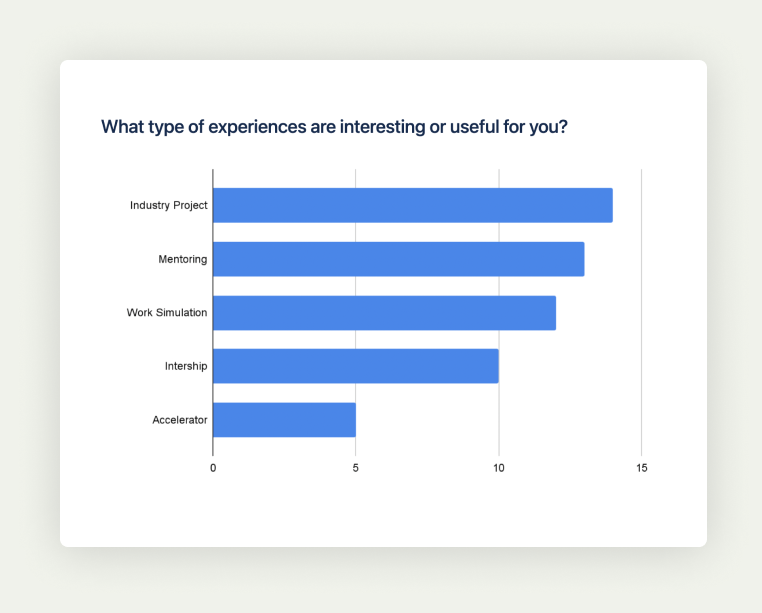
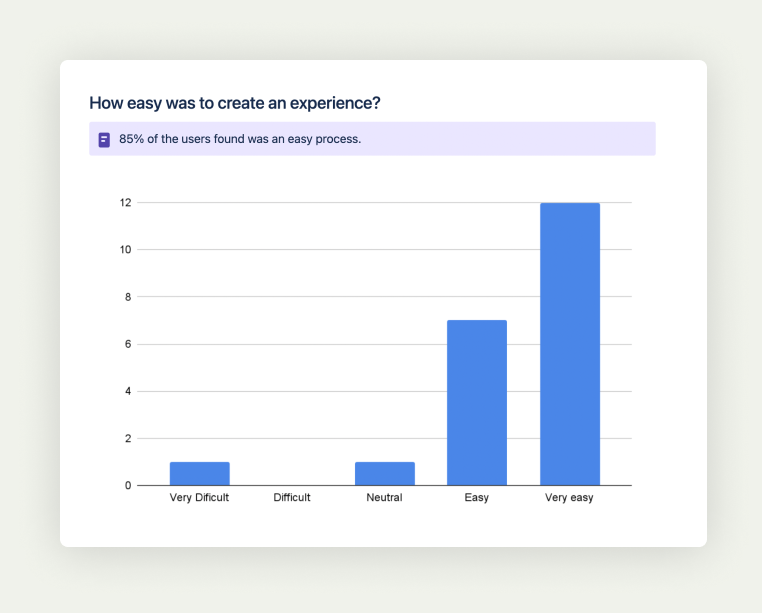
Final Result
Our solution helped users understand how the platform works and its value to them. It enabled them to set their first experience in a few simple steps.
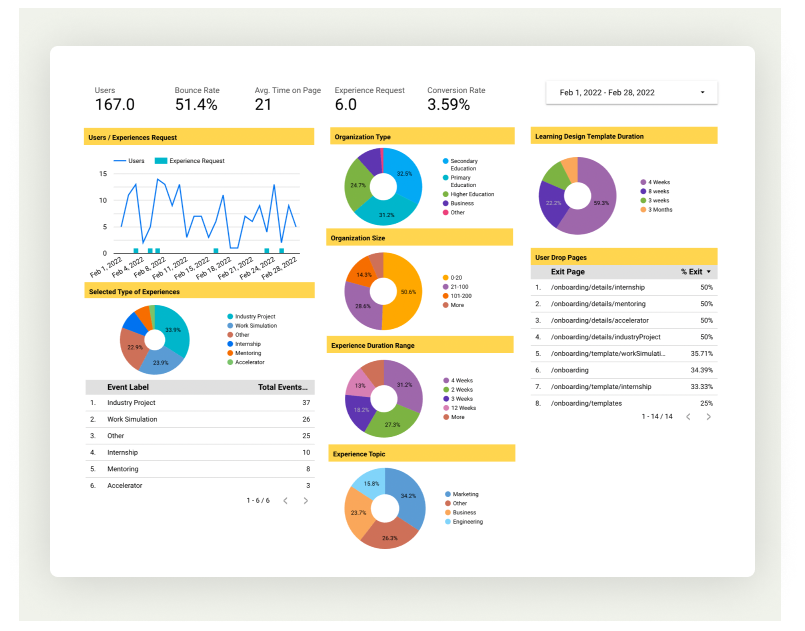
Impact
From the beginning of the project, we adopted a strategy to track and measure user behaviour and outcomes. Thus, the KPIs were based on internal benchmarks and a comparison of similar industry solutions.
The MVP was a great success. It reduced the cost of acquiring new customers by 80% and opened the door for new explorations in the business area.
Conclusions
The power of the MVP
Our first version for this initiative was the MVP. Research to production took six weeks to collect real-world data and feedback about our users' interests and behaviour. All the gathered insights were presented to the leadership team and used to make strategic decisions, increasing the internal traction and credibility of the project.
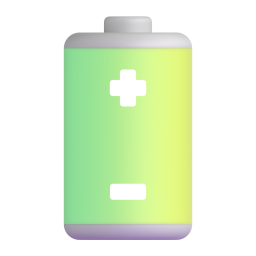
Strong KIPs
We crushed the two main KPIs for the business, reducing the cost per lead by 80% and increasing the quality of leads by 40%. This gave us the green light from different business areas to continue with the project.
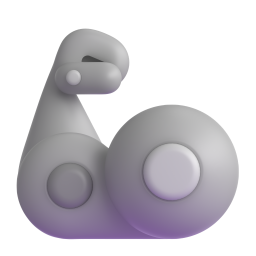
The users’ interest is the key
Early research and feedback on the MVP showed us that the users’ number one requirement was an easy way to outsource real-world projects. This will be our priority in the next iterations of our tool.
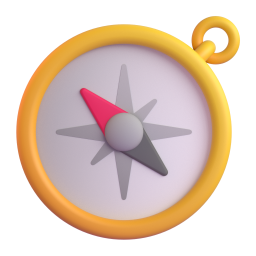
Improving the experience templates
We found some opportunities to improve on the experience templates selection step. Our categorisation wasn't open enough for all the use cases. Moreover, the connection between the learning design templates didn’t work for the users in some cases.
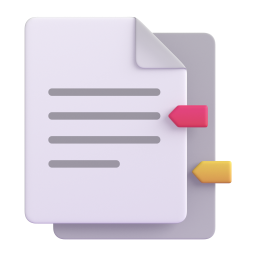
What’s next
- We need to integrate projects on the platform. Today, managing projects and creating correlations with experiences can be a pain. They generate a lack of visibility, require huge manual effort and slow down our time to value for the users.
- We had to keep a few steps in the experience creation flow out of the MVP. Now that the idea has been validated, we’re going to focus on completing the flow from customer acquisition to running the first experience.
- We gathered outstanding data and insights into this process. We want to expand data collection from marketing to experience creation. This would give us a complete view of the cost of acquisition and revenue for each new customer. The data will also allow us to analyse and continuously improve the user experience.
More Case Studies
Optimising the Checkout Process for Higher Conversions Streamlining the experiential learning creation process